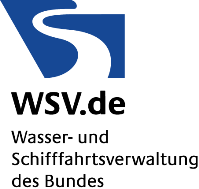Towing Forces
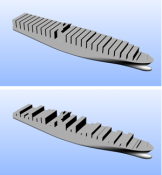
Prediction of Aero- and Hydrodynamic Loads on Ships on the Elbe River for the Determination of the Required Tug Power
Status
completed
Scientists
Prof. Dr.-Ing. Bettar Ould el Moctar
Dr.-Ing. Jens Neugebauer
Dipl.-Ing. Andreas Peters.
Project Description
Reasoned by the increasing demand for cargo transports, ship sizes tend to increase. Due to the increasing size, wind and current loads are increasing as well. Consequently, the selection of a reasonable tug capacity during port or river approach is crucial. In the scope of two projects, numerical simulations of the viscous flow were carried out, which can be taken into account during the determination of the required tug power. Investigations were carried out for a representative cross-section of the river Elbe (see Figure 1).
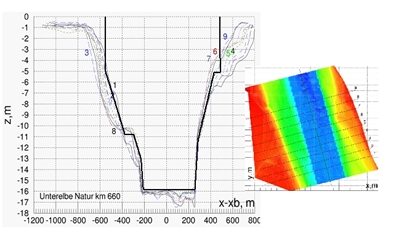
Figure 1 Representative cross-section of the river Elbe (Kilometer 660)
Wind and current loads were calculated for different ship types at numerous angles of attack in a systematic way. Aero- and hydrodynamic calculations were carried-out separately, allowing for load approximations for any combination of wind and current speeds and directions. Further on, the influence of the deck load arrangement was investigated (see Figure 2)

Figure 2 Example for two containerships with different deck loads under investigation
The final objective of the projects was to determine coefficients for the loads acting on the ships in dependence of the incident wind and current angle. Figure 3 shows exemplarily the resistance coefficient from the hydrodynamic calculations for different ships and incident flow angles. Ships S201 and S202 are large container ships, while ships S207 to S210 are smaller barges at 1 m draft.
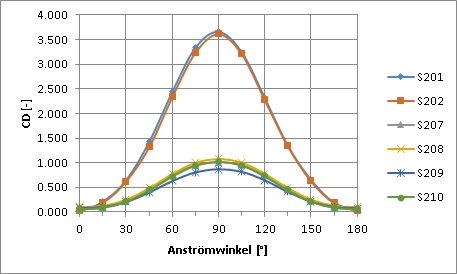
Figure 3 Resistance coefficient vs. Incident flow angle for different ships
The computed results were implemented into a program which can be used to interpolate towards ships of other dimensions or other operating conditions than the investigated ones. Thus, an approximation of the acting aero- and hydrodynamic loads is possible for the customer during the tug power selection process (see Figure 4).
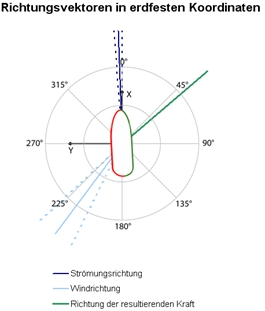
Figure 4 Resulting loads on a ship under consideration of incident flow angle ranges for wind and current
Funding
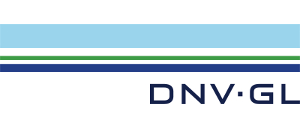
The project was conducted for the Germanischer Lloyd and the Wasser- und Schifffahrtamtes Cuxhaven
